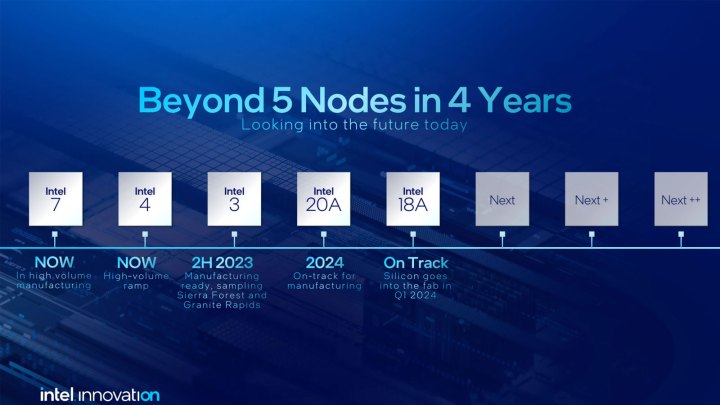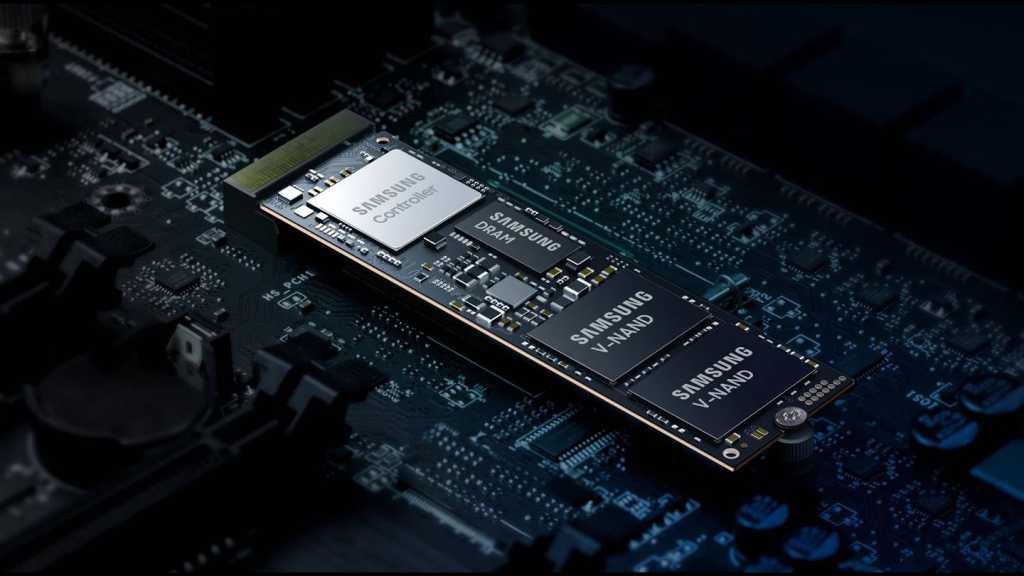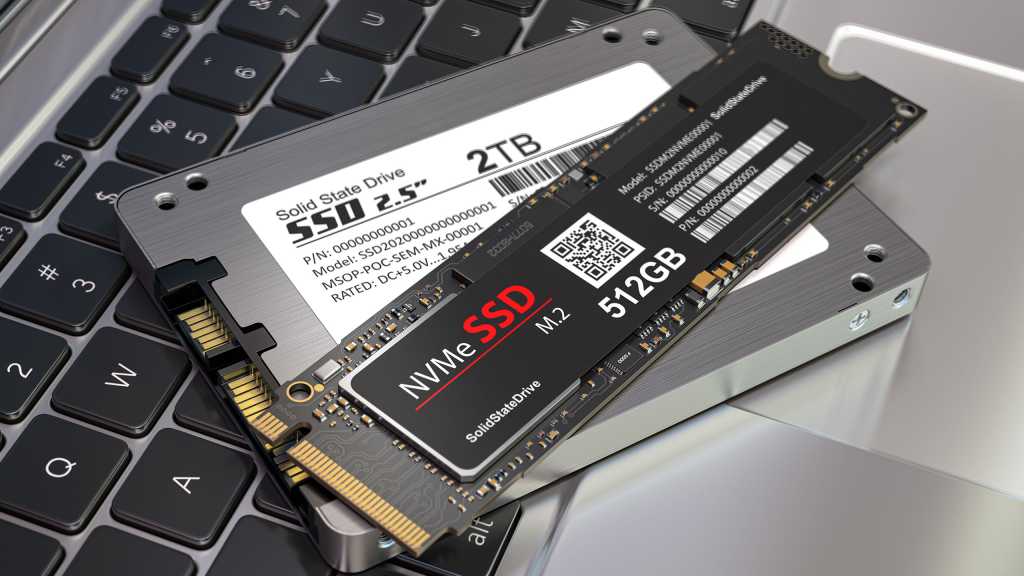Intel’s desktop processors may not be dominating headlines in early 2025, but their mobile chips remain highly competitive. This trend is expected to continue with the upcoming Panther Lake, Intel’s next-generation Core Ultra CPU designed specifically for mobile devices. While initially envisioned for both desktop and laptop use, Panther Lake will likely focus solely on mobile platforms. Early rumors point towards impressive integrated GPU performance and enhanced AI capabilities, making it a release worth anticipating. Here’s a breakdown of what we know so far.
Release Date and Naming
Intel has targeted the second half of 2025 for Panther Lake’s launch, possibly towards the end of the year. Some reports suggest full-scale production won’t ramp up until 2026, potentially leading to limited initial availability of Panther Lake-powered laptops, with broader availability increasing throughout the new year. These CPUs will likely be branded as Core Ultra 300 processors.
Specifications
Intel hasn’t officially released detailed specifications, but leaks and snippets of information suggest a focus on efficiency rather than raw processing power. This approach isn’t necessarily negative, considering some of Intel’s recent performance-focused generations. However, new architectures, improved graphics powered by Xe3 cores, and a dedicated NPU, all fabricated on a new process node, should deliver significant advancements.
| Feature | Panther Lake H | Panther Lake H (Lower Config) | Panther Lake U |
|---|---|---|---|
| Cores | 16 (4P+8E, 4LPE) | 16 (4P+8E, 4LPE) | 8 (4P+0E, 4LPE) |
| Graphics | 12 Xe3 cores | 4 Xe3 Cores | 4 Xe3 Cores |
Leaked core counts (via VideoCardz) suggest a configuration prioritizing efficiency. The absence of an eight-performance-core variant indicates Intel might not be targeting peak performance for demanding tasks like high-end gaming. Instead, the focus seems to be on maximizing battery life through efficient operation.
 Intel process node roadmap.
Intel process node roadmap.
Casual and esports gaming should still be within reach, with the new Xe3 integrated graphics potentially offering a compelling alternative to entry-level discrete mobile GPUs. Each Panther Lake CPU, regardless of configuration, will also feature a new NPU capable of 50 TOPS. This represents a modest improvement over current-generation processors like Qualcomm’s Snapdragon Elite X.
One confirmed aspect is the Intel 18A process node. This signifies in-house production, aligning with Intel’s strategy for increased profitability and improved margins on future CPUs. For consumers, this could mean potentially constrained initial availability, reinforcing the release date rumors.
Projected Performance
Performance predictions remain speculative without more detailed specifications and real-world testing. However, graphical performance is expected to see significant improvements. Both AMD and Intel have been aggressively targeting the entry-level mobile GPU market. With Panther Lake, they could potentially render low-end discrete GPUs like the Nvidia RTX XX50 series and lower-power options like the MX550 obsolete.
While the focus on efficiency is promising, the apparent lack of an eight-performance-core option could put Panther Lake behind AMD’s offerings in raw processing power for demanding tasks. Efficiency cores are valuable, but in limited quantities, they might struggle to keep pace.
Looking Ahead
While Panther Lake’s arrival is still some time away, the emerging details offer a glimpse into Intel’s mobile CPU future. We’ll continue to monitor new information and update this article accordingly. Curious about what lies beyond Panther Lake? We also have a guide on Nova Lake.











